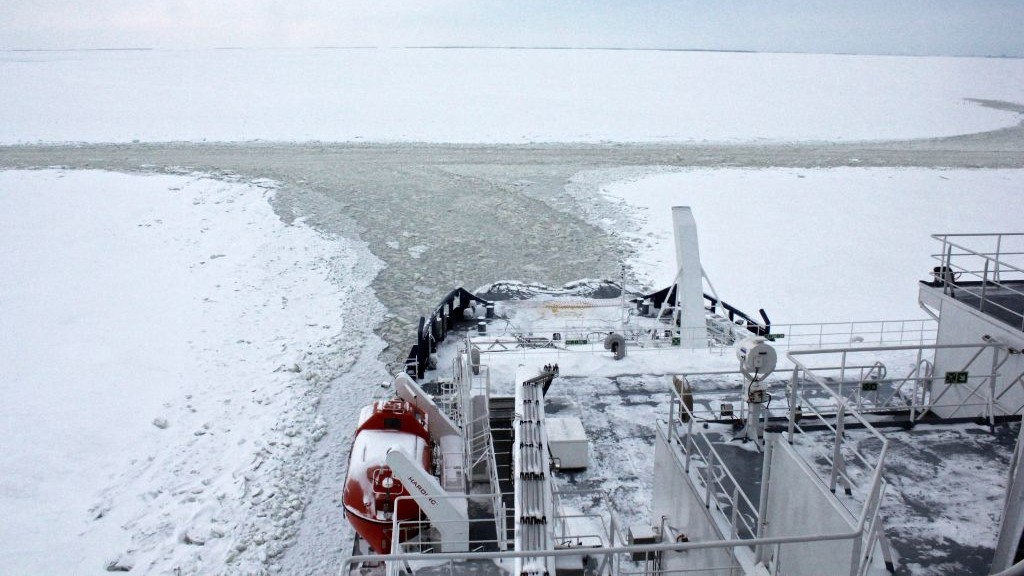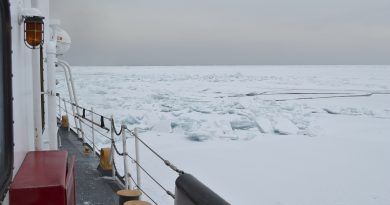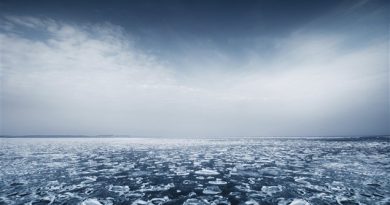Icebreaking season begins in Finland

The icebreaker Otso is heading from Helsinki to southwest Lapland, where bitterly cold conditions are forecast for the next few days.
The Finnish Transport Infrastructure Agency is sending the first icebreaker to the Bothnian Bay around Tornio, Kemi and Oulu on Sunday. The first vessel, Otso, is to arrive in the northernmost part of the Baltic Sea on Tuesday.
It was scheduled to cast off from Helsinki’s Katajanokka harbour at 9.30 am, but the official BalticIce(siirryt toiseen palveluun) website still showed it as moored several hours later.
On Monday, the mercury is set to drop to -30 degrees Celsius in southern Lapland, and to around -10C in southern Finland, along with some 10-15cm of new snow.
The first assistance restrictions for maritime areas came into force in Tornio and Kemi on 1 December.
When the ice situation becomes more difficult, the Transport Infrastructure Agency imposes such restrictions for winter ports. It then only provides assistance to vessels that meet the rules for calling at each port. Assistance restrictions for ports are set each winter according to the ice situation.
“Winter is progressing”
“Winter is progressing, we have set the first assistance restrictions on the fairways leading to the port of Oulu. As they come into effect on 12 December, we’re now sending the first icebreaker to the Bothnian Bay, as required by the cooperation agreement between Finland and Sweden,” said Jarkko Toivola, head of the agency’s Maritime Unit, in a statement.
For maritime use, the agency now has six traditional and two multipurpose icebreakers built by the Arctia shipyard and based in Helsinki, as well as the Zeus of Finland, a Cypriot-flagged icebreaker operated by Alfons Håkans, a private shipping firm based in the southwestern port of Turku.
Lake Saimaa kept open for wood transport
The agency also carries out assistance activities in the Lake Saimaa district of eastern Finland, as needed based on transport of raw timber via the sprawling lake system.
The Transport Infrastructure Agency aims to provide icebreaking help within an average of four hours when requested by eligible vessels. Icebreakers assist ships in the open sea as well as in the channels leading into ports.
During normal winters, all Finnish ports freeze up, although milder winters in recent years have seen some southern harbours remaining nearly ice-free. The costs of keeping winter shipping routes open averages around 70 million euros annually.
The Transport Infrastructure Agency provides winter shipping instructions in various languages on its website(siirryt toiseen palveluun).
Related stories from around the North:
Canada: Canada needs a ‘more consistent’ presence in North to bolster security, Inuit leader says, CBC Radio
Russia: Russia outlines militarization of fishing fleet and icebreakers, The Independent Barents Observer



